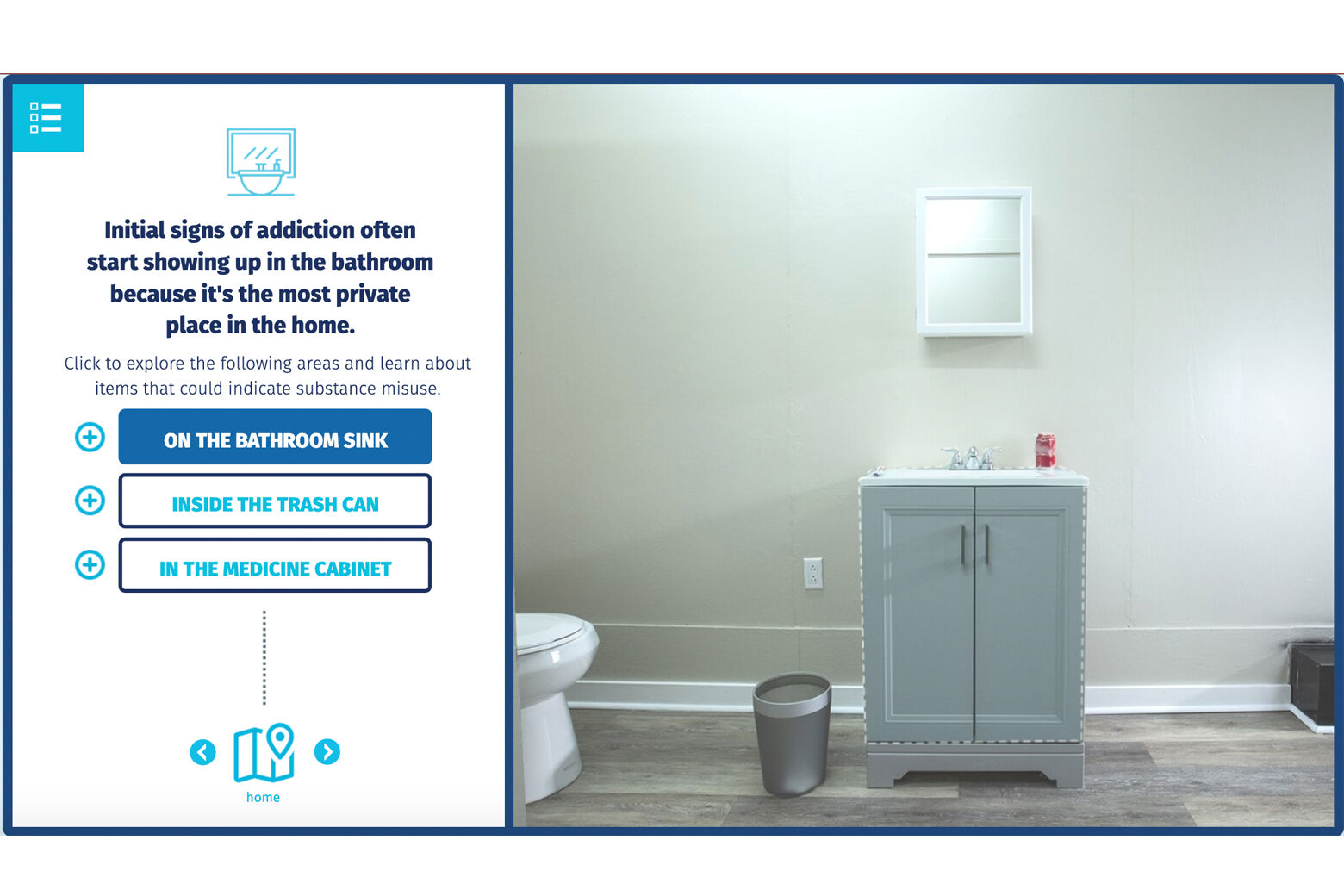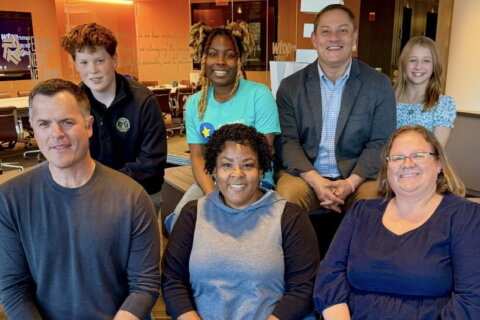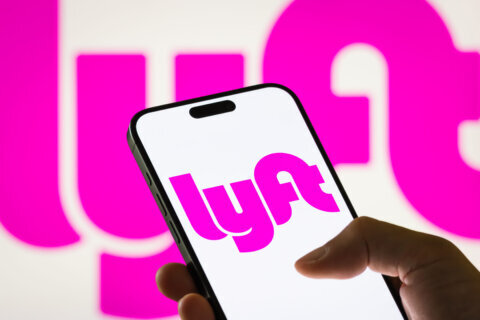Parents can’t help children who are struggling with drug abuse if they don’t recognize the signs kids are using drugs — but local groups fighting the opioid crisis have tips.
“Good policemen are nosy. I think good parents are nosy and I think you can be nosy without being intrusive,” said Joseph Abdalla, executive director of Code 3 Association. The group’s name stands for Cops and Citizens for Healthy Communities.
Sometimes items suggesting drug use are hidden in plain sight, such as the presence of over the counter drugs.
What’s with the ex-lax?
“A very common side effect of opiates, both legal and illegal is constipation and nausea,” Abdalla said. “So if you’re starting to see constipation medications, nausea medications and your child does not or you don’t know of an existing issue that they have had, it could be worth a question.”
Why is there black soot on light switches and door handles?
Soot is a sign of intravenous drug use.
“Every time that substance is heated and melted before it’s drawn up into a syringe, that spoon gets a black soot on the bottom. So, everywhere it touches you’ll start to see soot on your bathroom counters; addiction often moves to a bedroom, then you’ll start to see it on the bedsheets,” Abdalla said. “Once they get it on their hands. You might find it on light switches and door handles.
Why is an unopened soda sitting on the desk?
Drugs might be hidden in plain sight if they’re in a canister disguised as a full unopened soda or food can. Try twisting the top off.
Other places to look for hidden drugs include the following:
- In purses and clothes pockets of items in a closet;
- Underneath clothes or socks in a dresser;
- Inside an HVAC vent on the floor underneath an easily removed grate;
- Behind pictures.
Why are there tiny bits of plastic all over the place?
Bits of plastic might be remnants of drug packaging. What about 2-inch pieces of straw?
“They’re not the world’s smallest drinking straw. They are literally used for snorting powder that could be crushed prescription pills, cocaine or methamphetamine,” Abdalla said.
All these tips and more are visualized and detailed in a demonstration trailer that Code 3 of Washington, D.C., put together with the help of RALI Maryland (RX abuse leadership), which is an alliance of more than a dozen local, state and national organizations committed to finding solutions to end the opioid crisis in Maryland. The trailer currently is parked because of the coronavirus pandemic. You can see it online.









